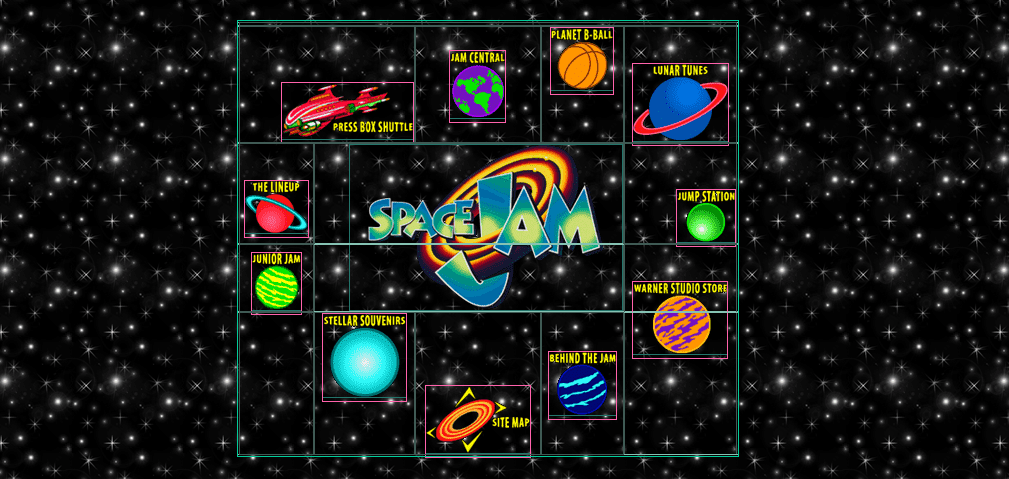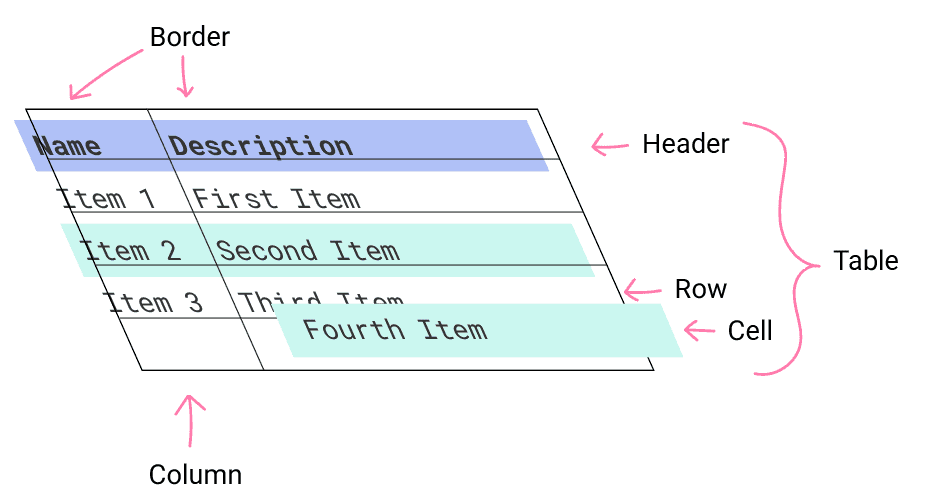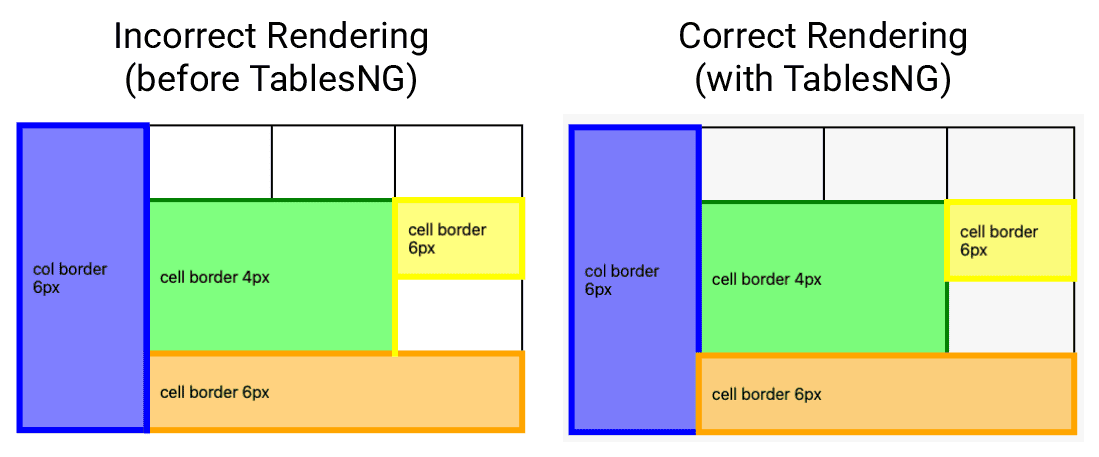TablesNG launches in Chromium 91, and fixes a ton of bugs
that have been a part of the web platform for years. These updates will improve
browser compatibility as a part of the
#Compat2021 effort, and improve using tables on
the web platform overall. Some of the most-starred issues include position:
sticky in rows,
subpixel geometry,
and proper
border-collapsing.
The TablesNG effort
TablesNG is a multi-year effort, led by Chrome developer Aleks Totic, to completely re-architect how tables are rendered on the web. Tables are a particular area of friction in web development, in part because of their history.

Tables were added to HTML in 1994, then used as the primary method
to create complex page layouts for many years. They are still found all over the web,
although modern usage is generally to display tabular data.
However, there are big differences in table behavior across browsers,
many of which came about due to the tables specification being incomplete and lacking detail.
Tables were also implemented in browsers before many CSS features:
orthogonal writing modes, position:relative, box-sizing, flexbox containers,
and more. So support for many of these features was inconsistent.

The new spec, CSS Table Module Level 3, was written after Edge reimplemented tables in 2018. TablesNG is a re-architecture effort that aims to not only follow this new specification, but to also fix a lot of the inconsistencies in tables along the way. Some of the most visible changes that have come out of this are:
- Enabling sticky positioning in rows for long tables that scroll.
- Fixing alignment with sub-pixel geometry and table borders.
- Improved painting for backgrounds and borders.
position: sticky in rows
One of the biggest asks and most frustrating things about styling tables in the
past was the lack of support for position: sticky in rows. This feature would enable
a table header to remain on the page as you scroll, and give context to long
data tables. By the time you scroll the header out of view and you're looking at
a table full of numbers, it's easy to forget what those numbers mean.
position: sticky being applied to the <thead>.The reason we've had this bug around for so long is because position: sticky
was specified well after HTML tables came out. Before this fix, headers with an
intended position: sticky were just converted into position: static, but
now, you can use position: sticky anywhere in the tables: on headers (<thead>) or
vertical axis labels.
Improved border painting and background painting
One of the oldest table bugs dates back to September 2008. It was filed almost as soon as Chrome was released, and was never able to be fixed due to the old table architecture. The issue surrounds table painting and collapsed borders.
The way that tables are painted, in order of z-index, is: cells > rows >
sections > tables. They then are painted by the order they appear in the DOM
(Document Object Model), though the cells themselves are in reverse DOM order,
where the first cell in the table is the top-most.

So the issue here is that borders belong to the table, not the cell, in the old way that tables were painted. Collapsed borders are painted when table paints its foreground. This means that a single table cell could not have multiple borders:

In the example above, you can see that the leftmost blue cell was incorrectly painting on top of the orange bottom-right cell as it could not have multiple borders. In the re-architected implementation, this is solved, and the orange border cell correctly paints on top of the blue one, allowing the second table gap to have both blue and orange border lines.
This bug is now fixed in Chromium and Firefox.
Sub-pixel geometry (table alignment)
Pixel alignment in tables is another interoperability issue that has been fixed with TablesNG. Previously, the older engine always rounded graphics values to the pixel. This meant that as you zoom in and out of the page, things would shift, causing alignment problems. TablesNG fixes these alignment issues.
Rearchitecting the web
The Chrome team has not only been introducing new features to make web authoring more robust, but they've also been working hard to improve existing APIs and their compatibility. In fact, TablesNG is just one of many re-architecture projects that this team has taken on over the past eight years. Others, though not all of the projects, include:
- LayoutNG: a ground-up rewrite of all layout algorithms, for greatly improved reliability and more predictable performance.
- BlinkNG: a systematic cleanup and refactoring of the Blink rendering engine into cleanly separated pipeline phases. This allows for better caching, higher reliability, and re-entrant / delayed-rendering features such as content-visibility and container queries.
- GPU Raster Everywhere: a long-term effort to roll out GPU rasterization on all platforms, whenever possible.
- Threaded scrolling and animations: a long-term effort to move all scrolling and non-layout-inducing animations to the compositor thread.
Keep a lookout for some more updates on these improvements and more!


